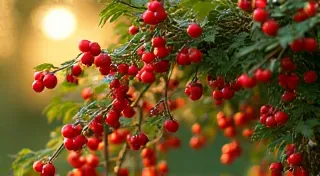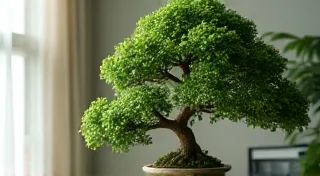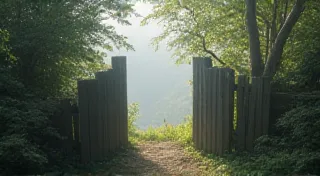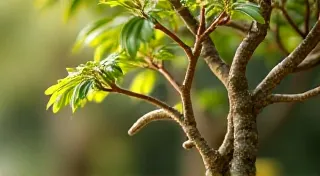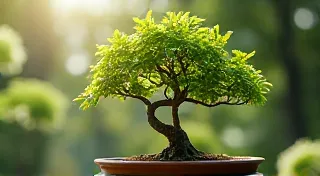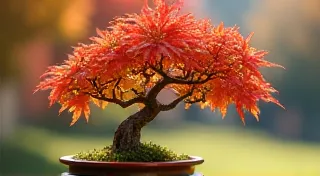The Silent Dialogue: Root Systems and the Unseen Architecture
The allure of bonsai is readily apparent. A miniature tree, sculpted with precision and patience, embodies a harmony between nature and artistry. We admire the cascading branches, the textured bark, the delicate foliage – the visible expressions of the tree’s life. But what lies beneath, unseen and often undervalued, is arguably more crucial to its enduring health and beauty. It's a world of roots – a silent dialogue between the tree and its environment, a hidden architecture supporting the visible grace. This article dives into that world, specifically exploring the root systems of Juniper and Ficus, two popular choices for bonsai enthusiasts, and illuminating the techniques and understanding required to nurture them effectively.

The Roots of Patience: A Historical Perspective
The art of bonsai, originating in ancient China (then known as *penjing*) and refined over centuries in Japan, wasn’t born of a purely aesthetic impulse. It was intrinsically linked to a deeper understanding of nature and a reverence for its rhythms. Initially, *penjing* involved dwarfing fruit-bearing trees within containers to provide sustenance for monks and travelers. The focus wasn’t initially on artistic display, but on providing a sustainable food source. As the practice evolved and migrated to Japan, the emphasis shifted. The Japanese embraced the concept of *wabi-sabi* – the beauty of imperfection and transience – and applied it to tree cultivation. This meant appreciating the natural aging process, the subtle imperfections, and the quiet resilience of the trees. It also meant understanding the fundamental importance of their root systems – the anchors that allowed them to endure, adapt, and eventually embody the spirit of *wabi-sabi*. The principles extend to even those seeking to cultivate fruit in miniature, like the delightful dwarf pomegranate bonsai, requiring a similar devotion to subtle details.
I remember the first bonsai I ever encountered. It was an old Juniper, displayed in a local nursery, partially concealed behind a row of potted azaleas. Its trunk was gnarled and weathered, a testament to decades of patient shaping. The owner, a wizened man with hands stained green from years of tending to these miniature landscapes, shared a single piece of wisdom: “The roots are the soul.” It stuck with me, this simple truth. It’s a notion easily overlooked when captivated by the artistry of the canopy, but utterly essential for long-term success.
Juniper and Ficus: Contrasting Approaches
Understanding the root systems of different species is paramount. Juniper, a conifer known for its resilience and ability to withstand harsh conditions, has a uniquely aggressive root system. Its roots are often thick and powerful, capable of seeking out moisture and nutrients from surprising sources. They are also prone to circling within a container if not managed properly, leading to “root-bound” conditions that can eventually strangle the tree. Ficus, on the other hand, is a much more forgiving species. It’s known for its aerial roots, which can readily adapt to new environments and provide stability. However, even with its adaptability, Ficus roots still require careful attention to prevent fungal issues and ensure proper drainage.
With Juniper, aggressive root pruning is a critical aspect of bonsai care. Periodically – typically every 2-3 years – the roots must be carefully trimmed back, not just to prevent circling, but to stimulate new, finer root growth. This is best done during the tree's dormancy, using sharp, clean tools. The goal isn’t simply to remove old roots, but to encourage a more branching and denser root system that can efficiently absorb water and nutrients. With Ficus, root pruning is less severe, focusing on removing any dead or diseased roots and ensuring the soil remains well-aerated. Achieving a similar sense of strength and character, as seen in species like the oak bonsai, involves attentive root management.
Soil Composition: The Foundation of Health
The soil itself isn't just a medium for growth; it’s an active participant in the silent dialogue between the tree and its environment. A well-draining substrate is absolutely essential for both Juniper and Ficus, though the specific blend may differ slightly. For Juniper, a mix of akadama, pumice, and lava rock is ideal, providing excellent drainage and aeration. Akadama, a baked clay aggregate, helps retain moisture while still allowing for oxygen to reach the roots. Pumice and lava rock further enhance drainage and provide a lightweight growing medium. Ficus, while more tolerant, still benefits from a similar blend, though a slightly higher proportion of akadama can help retain moisture, especially in warmer climates. The pH level is also important; most bonsai species prefer a slightly acidic to neutral pH.
I remember a particularly challenging Ficus I once cared for. Despite meticulous watering and fertilization, it stubbornly refused to thrive. After consulting with a seasoned bonsai master, I discovered that the soil was too compacted, preventing proper aeration. Simply repotting the tree with a fresh, well-draining mix completely transformed its health and vigor. It underscored the fact that even the most skilled pruning and shaping are futile without a healthy root system supported by a suitable growing medium. The intricacies of care are mirrored in other fascinating species, such as the resilient Hinoki Cypress bonsai, a testament to adapting to demanding conditions.

The Subtle Communications: Observing and Adapting
Root health isn't something that can be readily assessed by simply looking at the foliage. It requires observation, intuition, and a willingness to adapt. Yellowing leaves, stunted growth, or a sudden decline in vigor can all be indicators of root problems. Careful inspection of the roots during repotting is crucial, looking for signs of rot, circling, or a lack of fine root hairs. The roots themselves will 'tell' you if they are healthy; healthy roots will be light in color and flexible, while unhealthy roots will be dark and brittle.
Consider this analogy: an antique accordion. Its beauty lies not just in the polished exterior and the intricate mechanics, but also in the resonance of the bellows and the responsiveness of the keys. Similarly, a bonsai thrives when its root system is functioning optimally, allowing the tree to efficiently absorb nutrients and water, and to express its inherent beauty. Understanding this silent dialogue—observing the tree's subtle cues and adapting your care accordingly—is the key to nurturing a thriving and enduring bonsai. Observing the vitality of a bonsai, such as the unique Ginkgo Bonsai, requires attentive observation of its root structure and overall health.
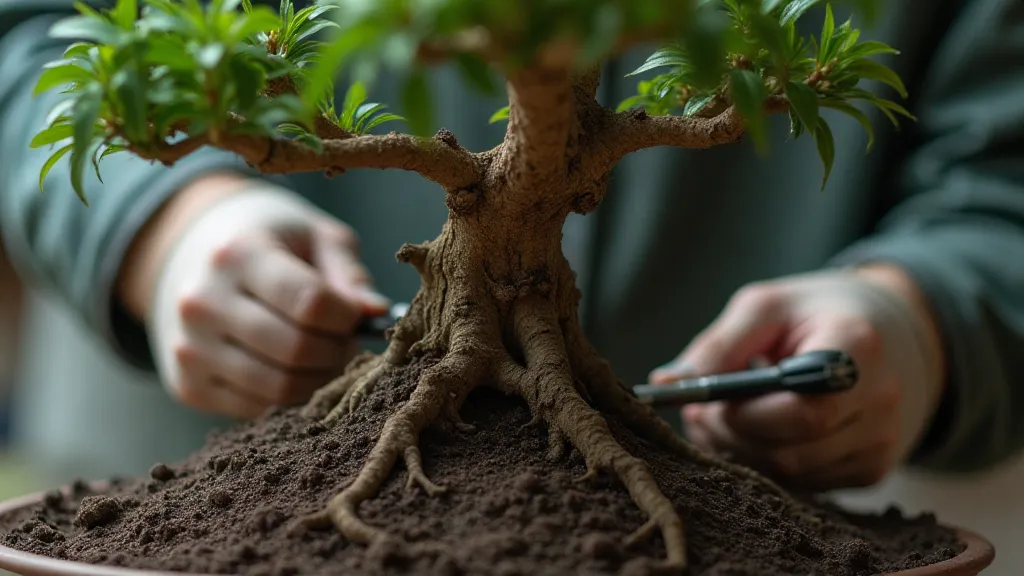
Beyond the Visible: A Legacy of Care
Caring for bonsai is more than just a horticultural practice; it's a commitment to a legacy of care. It's a way of connecting with nature on a deeper level, appreciating the slow, deliberate rhythms of growth, and understanding the profound interconnectedness of all living things. The roots, those often-overlooked anchors beneath the soil, are the foundation of that connection – the silent witnesses to centuries of artistic refinement and horticultural innovation. By embracing the art of root care, we not only nurture the health and beauty of our bonsai, but also cultivate a deeper appreciation for the silent dialogue that sustains them. The complexities of maintaining a beautiful bonsai extend beyond the visible, encompassing deep knowledge and a commitment to understanding each tree's unique requirements, ultimately contributing to a legacy of care and appreciation for these living works of art.
